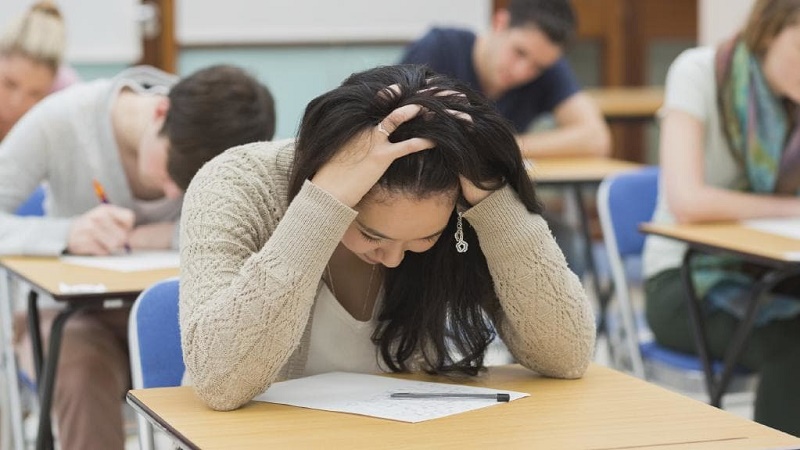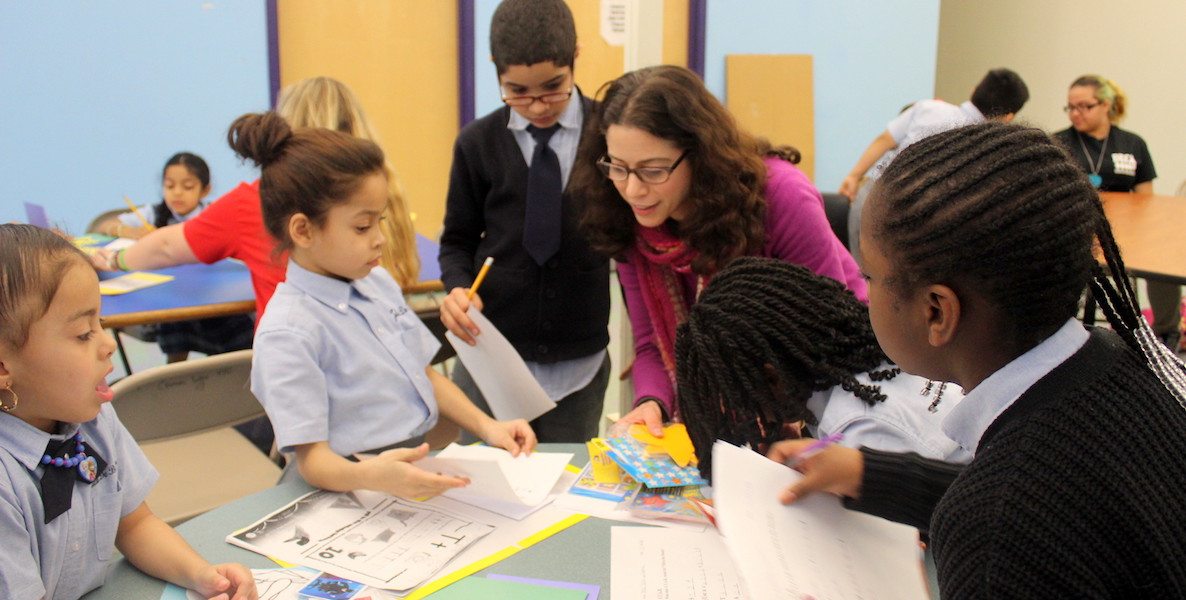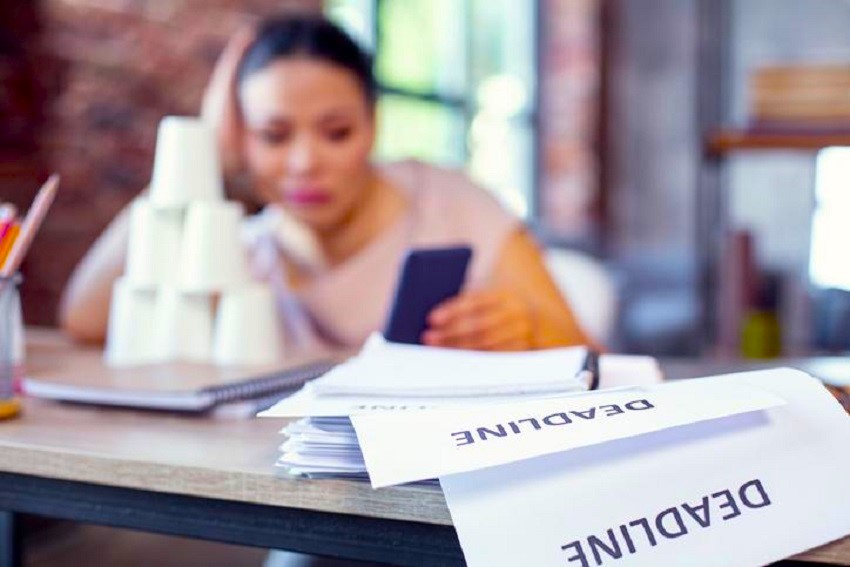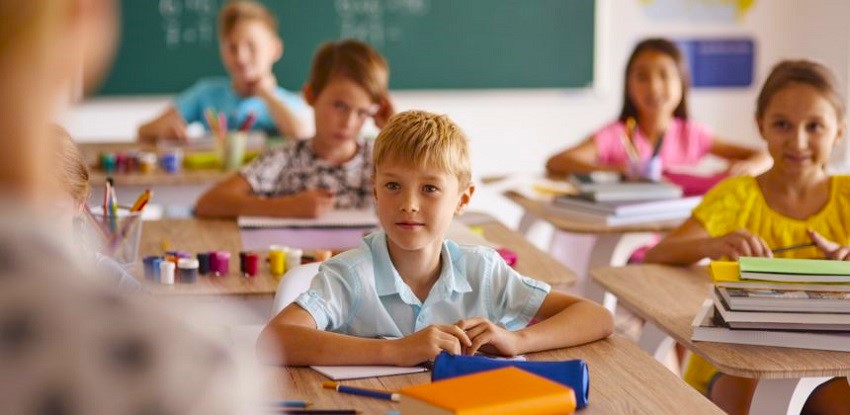Frustration is the emotion that derives from helplessness, anger, sadness … It is the most complex because it coexists with other emotions and appears when we are unable to manage a situation about which we had certain expectations, or when they bring us the contrary and we do not want to give in to the opinions of the other person. To learn how to manage it, we must have resources and strategies, as well as a base that allows us to solve those situations, which if not properly channeled, can lead to conflict.
How to deal with frustration in the classroom?
In the face of frustration, it is necessary to follow the following process and expose students to the steps they can take. This will allow you to encourage your strategic thinking ability to set goals before certain expectations, as well as alternative plans when things do not go as they would like.
I think I should lower the intensity of my anger so that the frustration (and the situation) does not control me. I put into practice a relaxation technique: I ask my teacher if I can go to the bathroom for a moment, moving away for a second from the situation and calming myself with a little water.
Classroom frustration
I think we have to find a solution because we will not do the work. We are four people and if everyone has their own opinion and I do not want to give in, I will not let them do their part well. Let’s see what each one can contribute and so we can organize ourselves without my controlling everything in this work.
I show empathy to my colleagues and we seek together to contribute a part that makes us feel comfortable. At the end one will be in charge of making the drawings and graphics because he likes it a lot, another will look for the information … That’s how we finish the work.
In the same way that the example of a correct management of frustration is exposed, it is important to make the analogy of how this situation would be without carrying out all the steps and without seeking a solution: asking the students and discussing the subject will make them Become aware The students will probably answer: they will get angry, they will not finish the job or they will do it badly and without coherence, etc. In this way, we see the positive part of channeling frustration to a positive result.
Establish a base: empathy
If we do not teach the students to put themselves in the point of view of others, we will not be able to reach a point of reflection to solve a conflict or a situation that generates frustration. For this reason, it is very important that they understand what empathy is or that they practice it in a directed way through games with the tutor, so that when the time comes, they will be prepared to make use of this necessary resource in our day to day life.
How do we work with empathy in class?
First, we ask the students what they think empathy is and what it is for since starting a topic by making them reflect and find out without additional information creates curiosity and interest.
Once the students have explained their opinions, the tutor begins to define the concept: explaining empathy through a story or a story will help them to attract more attention (if there are visual stimuli. It is always more attractive than if only it’s at the verbal level). Let’s enjoy!
We started to practice! We ask each student to write on a piece of paper a situation that they have experienced inside the school that has generated frustration and in which they believe that they should have put into practice empathy. Put all the pieces of paper in a container, mix well and make each one take one. We put them in common one by one. The student reads the paper that has touched him and with the guidance of the teacher he should try to solve the situation through empathy. Once you have raised it, your colleagues can participate to provide more ideas.
Moment of reflection: After the practical game, we ask the students what they think about the role of empathy in the face of frustration and closing of the activity.
Use positive language
It is necessary that teachers use positive language, which serves as a model for their students. Keep in mind that the ability to learn is changing and depends on our effort (brain neuroplasticity) and therefore if a student fails in a task does not mean that everything is lost. It can always be improved with effort, motivation and positive language that makes students see that they are capable of improving themselves.






